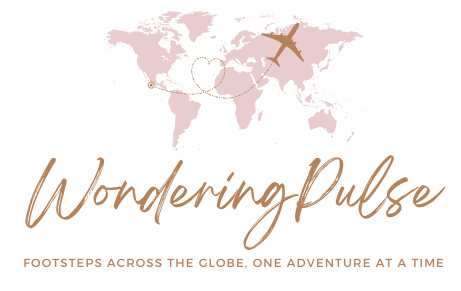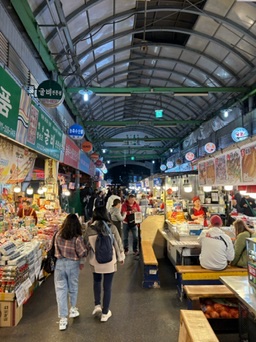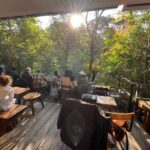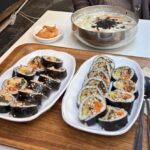Planning a visit to Seoul? This Seoul 4 day itinerary is your guide to discovering the perfect balance between tradition and modern energy. From ancient palaces to lively night markets, the city moves to a rhythm all its own. Seoul blends centuries-old culture with cutting-edge innovation so effortlessly that you can wander from tranquil temples to neon-lit streets in a single afternoon. Whether you’re drawn by the food, skincare, or the city’s vibrant pulse, this Seoul 4-day itinerary brings together my favorite experiences, hidden gems, and practical tips to help you plan an unforgettable adventure in Korea’s captivating capital.
Summary
- Duration: 4 Days
- Best Time to Visit: Spring (March–April) and Fall (September–November) offer pleasant weather and stunning scenery. For this trip, we visited in November and got to experience the fall season.
In this post you will find:
- Essential Things to Do Before Visiting Seoul
- Getting From the Airport to the City
- Getting around in Seoul
- Where to Stay in Seoul
- Day 1: Skincare, Gangnam & Namsam Tower
- Day 2: DMZ Tour, Ikseon-dong & Insa-dong
- Day 3: Bukchon Hanok Village, Gyeongbokgung Palace & Myeong-dong
- Day 4: Korean War Memorial & Itaewon
Essential Things to Do Before Visiting Seoul
Language: English is common in tourist areas, but learning a few Korean phrases goes a long way. The Google Translate app is a must-have for menus, signs, or chatting with locals.
Plug Adapter: Some hotels have USB ports, but not all. I brought a universal plug adapter from Amazon, and it came in handy more than once when both my phone and camera needed charging.
eSIM or Pocket Wi-Fi: Staying connected is essential. I used the Korea Telecom eSIM, and setup took only a few minutes. It worked flawlessly throughout the trip.
Navigation: Google Maps doesn’t work well in South Korea. Download Naver Maps instead. It gives accurate walking directions, subway exits, and even tells you which side of the street to stand on.
K-Ride App: This is the local version of Uber. It’s convenient, safe, and great for late nights when the subway isn’t running.
DMZ Tour: Book in advance because spots fill up quickly, especially for morning tours.
Beauty Treatments: If you plan to enjoy Seoul’s famous skincare treatments, research and book before arriving. Clinics can get busy, especially in Gangnam.
Currency and T-Money Card: South Korea uses the Korean Won (KRW). Most places accept cards, but you’ll need cash for smaller vendors and to reload your T-Money card. The T-Money card works for subways and buses and can be bought at convenience stores or train stations.
Getting From the Airport to the City
If you’re flying into Incheon International Airport, there are several ways to get into the city.
Airport Limousine Bus: The most convenient option if you have luggage. It costs around 17,000 KRW, and you can pay by card. The bus stops at major hotels and neighborhoods, and you don’t need to book ahead.
AREX Express Train: The high-speed train takes about 45 minutes to reach Seoul Station. It’s clean, fast, and a great option if you want to avoid traffic.
AREX All-Stop Train: This is a more affordable choice and only about 15 minutes slower. It’s ideal if you’re staying in Hongdae since it stops there before reaching Seoul Station.
Taxi: The priciest but best for late-night arrivals or lots of luggage.
Tip: Buy your T-Money card at the airport and load it with some cash before leaving. ATMs near the train station can be unreliable.
Getting Around in Seoul
Getting around Seoul is surprisingly easy once you get the hang of it. The city’s public transportation system is one of the best in the world—clean, punctual, and super affordable. Whether you’re taking the subway, bus, or taxi, everything runs smoothly and efficiently.
Public Transportation: Seoul’s extensive network of subways and buses makes exploring the city simple and stress-free. Start by purchasing a T-Money card, which you can get at convenience stores or train stations (if you didn’t already grab one at the airport). You’ll need a bit of Korean Won to load the card, as most machines only accept cash.
Subway: The subway is fast, reliable, and well-connected to all major attractions. Announcements are made in both Korean and English, and station signs are easy to follow. It’s the easiest way to get around Seoul, especially during rush hours when traffic can get heavy.
Bus: For destinations not easily accessible by subway, Seoul’s bus system is a great alternative. Buses are clean and reliable, and you can use your T-Money card or pay in cash for the fare. Routes are color-coded—blue for long-distance routes, green for local routes, and yellow for circular routes within neighborhoods.
Taxis: Taxis are widely available and reasonably priced, especially for short distances or when traveling in groups. Just keep your destination written in Korean, as not all drivers speak English.
K-Ride (Uber): South Korea’s version of Uber, K-Ride, is another convenient option. It’s especially useful late at night or when you’re headed somewhere less accessible by public transit. The app works just like Uber, making it easy to hail a ride with a few taps.
Tip: Google Maps doesn’t work reliably in South Korea. Instead, download Naver Maps or Kakao Maps before your trip. Both apps provide accurate directions for walking, driving, and public transportation. They’ll also help you figure out which subway exit to take—a small detail that makes a big difference when exploring busy areas like Myeong-dong or Gangnam.
Where to Stay in Seoul
Where to Stay
Each neighborhood has a distinct personality, so your choice depends on the kind of trip you want.
Myeong-dong: A lively area full of shops and restaurants. We stayed at Crown Park Hotel, and the location couldn’t have been better.
Gangnam: Modern, polished, and known for upscale nightlife.
Insadong: Great for travelers who love art, culture, and tradition.
Hongdae: Energetic and youthful, famous for live music and nightlife.
Day 1: Skincare, Gangnam, and Namsam Tower
Skincare Treatment
Begin your Seoul adventure with a skincare treatment. It’s one of the most popular things to do in Seoul, and for good reason. I spent days researching clinics and ended up at Lamine Clinic in Gangnam. They had English translators, gentle staff, and a calm atmosphere that felt much more personal than some of the larger “factory-style” clinics. It was a little pricey but completely worth it.
If you’re visiting, research a few clinics beforehand so you can compare services and pricing. Popular options include JFeel, Lamiche, Lienjang, Muse, and Lamine.
Gangnam
After your appointment, explore Gangnam, one of Seoul’s trendiest neighborhoods. Visit COEX Mall, one of the largest underground shopping centers in Asia, or wander around Garosugil, a beautiful street lined with stylish boutiques and cafés.
Namsam tower & Gwanjang NIght market
End the day at Namsan Tower for breathtaking views of the city. The cable car ride up is scenic, and the tower is especially stunning at sunset. When night falls, make your way to Gwangjang Night Market to try iconic Korean street foods like tteokbokki, hotteok, and mung bean pancakes. If you love food adventures, this market is a must.
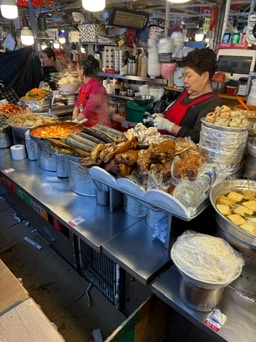
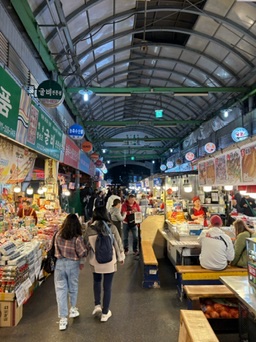

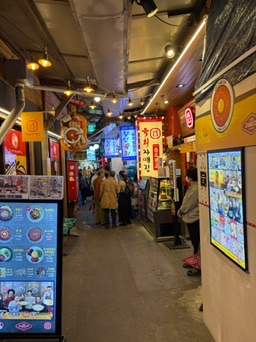
Day 2: DMZ Tour, Ikseon-dong, and Insa-dong
DMZ Tour
Spend your morning on a DMZ Tour, one of the most unique and educational experiences in Seoul. The tour offers insight into Korea’s divided history and visits several key sites along the border. Even if you’re not a big history fan, it’s deeply moving and worth the time. I booked through Klook, which handled pick-up and drop-off and provided an excellent guide.
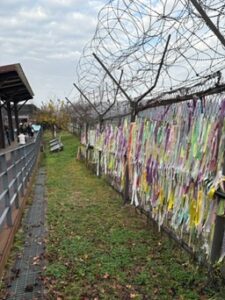
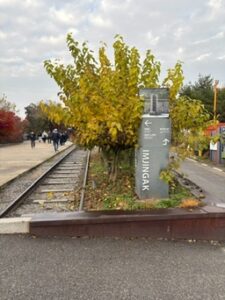
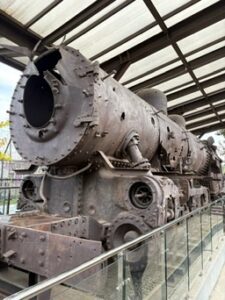
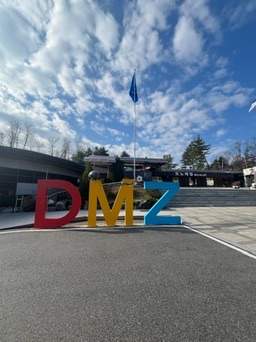
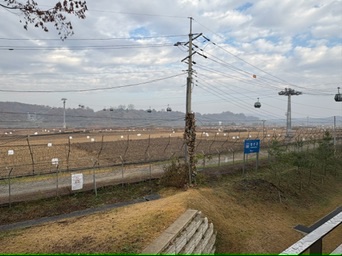
Ikseon-dong and Insa-dong
In the evening, explore Ikseon-dong, where traditional hanok houses have been turned into chic cafés and small boutiques. It’s a blend of old and new that feels uniquely Seoul. I grabbed tea at a cozy café there and could’ve stayed for hours.
Later, wander through Insa-dong, famous for art galleries, tea houses, and antique shops. This area has a relaxed, cultural vibe that’s perfect for your second night in the city.
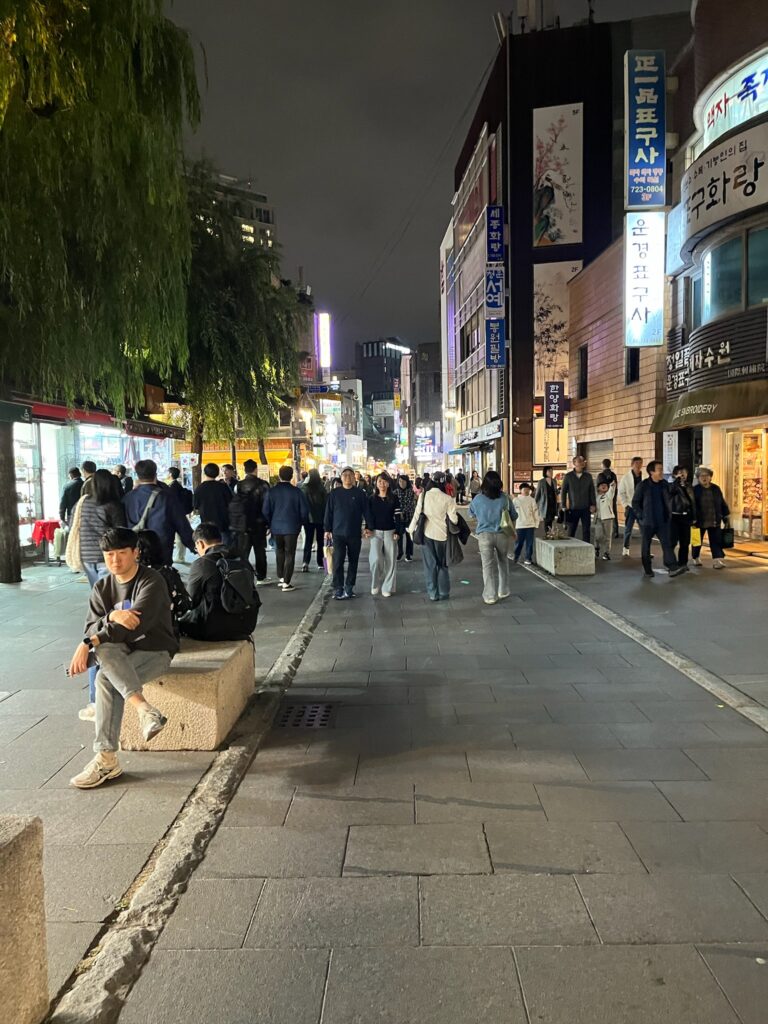
Day 3: Seoul Sightseeing & Shopping
Bukchon Hanok Village
Start your day at Bukchon Hanok Village, a charming neighborhood filled with beautifully preserved hanok homes. It’s open from 10 AM to 5 PM and closed on Sundays, so plan ahead. The area is also full of cute cafés and photo spots, though popular ones like Cafe Onion Anguk can have long lines.
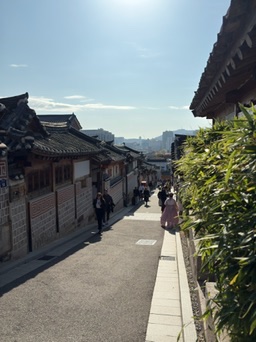

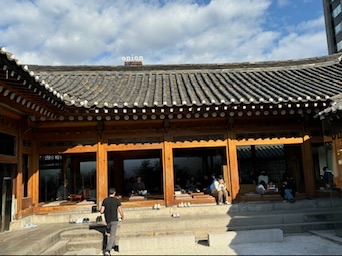
Other spots with long lines included Dotor Garden Anguk and the London Bagel Museum. If you’re not up for waiting, there are plenty of smaller cafes in the area, many of which offer equally tasty options.
Gyeongbokgung Palace
Next, visit Gyeongbokgung Palace, one of the most iconic landmarks in Seoul. Try to catch the changing of the guard ceremony, and if you want a fun photo opportunity, rent a hanbok. Admission costs 3,000 won, but it’s free if you’re wearing one.
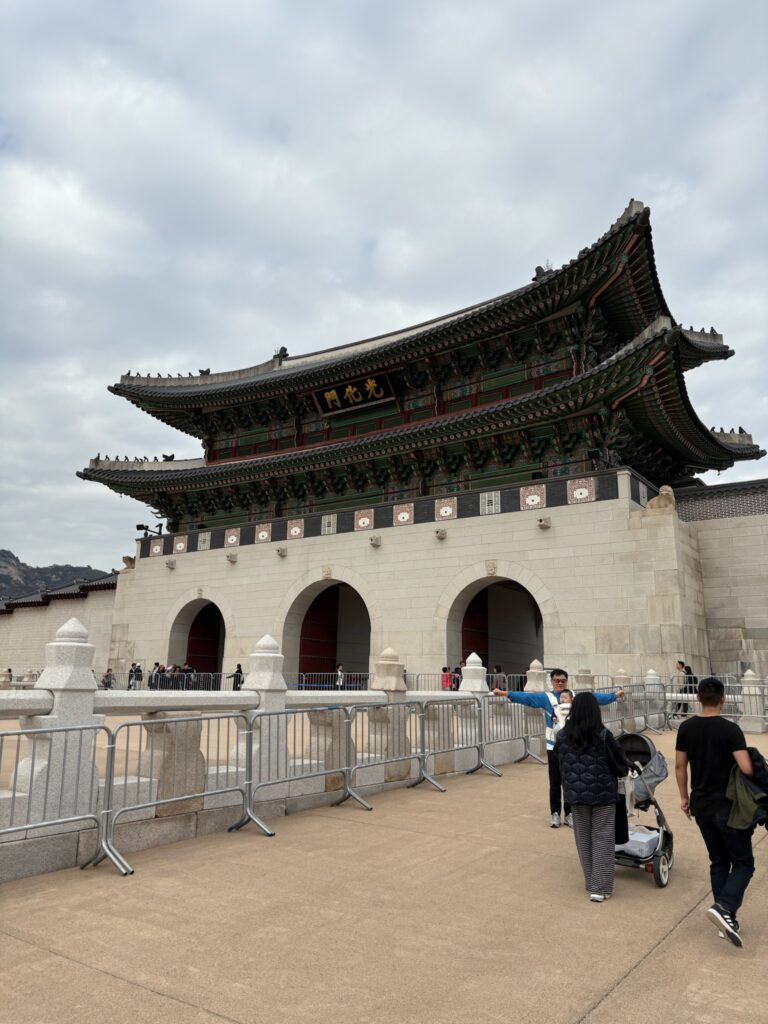
Myeong-dong: Shopping & Street Food
End your day in Myeong-dong, Seoul’s famous shopping district. The streets are lined with K-beauty shops, clothing stores, and endless food stalls. Grab a few snacks while shopping—corn dogs, tornado potatoes, and egg bread are all local favorites.
Day 4: Korean War Memorial & Itaewon
Korean War Memorial
Begin your final morning at the Korean War Memorial, an impressive museum that walks you through Korea’s military history. The exhibits are moving and beautifully presented, combining historical artifacts with modern displays.
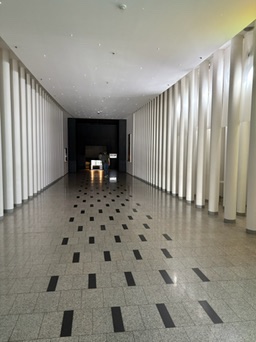
Hangang Park
After the museum, take some time to relax at Hangang Park. Stroll or rent a bike along the Han River, enjoy the skyline views, and maybe even have a small picnic if the weather is nice.
Head Spa/Personal Color Analysis
Treat yourself to a rejuvenating Head Spa, a luxurious 15-step treatment that is a must-try in Seoul. This experience is designed to relax both the mind and body, starting with a scalp massage to relieve tension, followed by a series of steps that include washing, exfoliating, and hydrating the scalp. The treatment often incorporates essential oils, hot compresses, and a soothing massage of the neck and shoulders. It’s an incredibly relaxing experience that not only leaves your scalp feeling refreshed but also helps promote better hair health. You can find specialized head spa salons in areas like Myeong-dong and Gangnam, where skilled therapists guide you through the process. This is a perfect way to unwind before heading out for the evening.
Itaewon: International Flavors & Nightlife
Wrap up your trip in Itaewon, known for its diverse food scene and lively nightlife. Grab dinner at one of the many international restaurants, then enjoy drinks at a rooftop bar with sweeping city views. It’s a perfect way to say goodbye to Seoul.
Final Thoughts
Seoul has a special way of blending the past and present. One moment you’re sipping coffee in a restored hanok, and the next you’re watching the skyline glow from a modern rooftop bar. Whether you come for culture, food, or beauty, Seoul will surprise you at every turn.
More Seoul Posts
- A Vegetarian’s Guide to Dining in Seoul
- How Much I spent on my trip to Seoul: Detailed Budget Breakdown
If you’re looking to combine this itinerary with Japan, click here to view my x itinerary.
